
The Skin’s Microbiome Part 2
Juliette van der MeerLast week on the blog we delved into the skin's microbiome, and towards the end, we started exploring ingredients that are microbiome friendly. Fortunately, there's quite a list of microbiome-friendly ingredients which makes it easy to come up with recipes that are great for the skin's microbiome. So if you would like to start formulating with the skin's microbiome in mind, here are ingredients you should take note of:
Squalane, hemisqualane, aloe vera, jojoba oil, hyaluronic acid, dextrin, hydrolyzed keratin, propanediol, various botanical extracts, soapnut extract (surfactant), glutamate surfactants, OliveM 1000, biopolymers: cellulose, gums and seaweeds.
And by extension: biosaccharide gum, which is a fermented sugar; xanthan and guar gums, collagen, and lactic acid.
Recipes
A microbiome-friendly recipe which I've been testing out over the past few weeks is this serum based on aloe vera, hyaluronic acid and biosaccharide gum. I absolutely love it and it has transformed my skin from being quite dry to being much more moisturised, smooth and calm.
Because all of the ingredients by themselves are self-preserving, and we're not introducing any other water, I did not include a preservative here. I also used a serum bottle which doesn't allow air or fingers or other elements in, so this is extra protection. I did, however, only make small 15ml-30ml batches which I used up in about 3 weeks. The serum was tested on dipslides and was found to be 100% fine in that time frame. But if you're making big batches or selling to the public I would still recommend adding a preservative to be safe.
Microbiome Friendly Serum
Ingredients:
- 5% Biosaccharide Gum
- 5% Hyaluronic Acid
- 90% Aloe Vera
- Serum bottle, rinsed out with alcohol to sterilise it
- Baking soda and Citric acid to adjust the pH to around 5 if required.
- Beaker and spatula for mixing, also sterilised with alcohol
Method: Mix everything in a beaker, and test and adjust the pH to around 5, if required. Pour into a serum bottle and cap tightly.
To use, spritz 1-3 pumps into your palms and smooth into cleansed skin. Allow to sink in for a minute or two then follow up with a moisturiser.
If you want to make variations of this serum, you can try swapping for, or including ingredients like inulin which is a prebiotic, seaweed extracts/gels, and hydrolyzed collagen and keratin. We would include a preservative in this case though.
We particularly love serums to help balance the microbiome, but you can also make creams although they will be a bit trickier. Try this classic moisturiser which includes microbiome-friendly ingredients. It's rather lovely!
Microbiome Friendly Moisturiser
Ingredients:
Heated water phase
- 41% water or use an infusion
- 30% Aloe Vera
- 2% Propanediol
- 0.2% Xanthan Gum
Heated oil phase
- 10.3% Jojoba Oil, or try Squalane/ hemisqualane
- 5% solid oil/butter of choice. We used Mafura Butter.
- 2% Cetyl Alcohol
- 5% OliveM 1000
Cool down phase
- 1% Geogard 221
- 0.5% Inulin
- 2.5% Biosaccharide Gum
- 0.5% Allantoin
Equipment:
Method:
- As always, sterilise all utensils before you use them.
- Melt the emulsifying wax, oil, butter and cetyl alcohol gently but thoroughly in a beaker in a water bath.
- Mix the xanthan gum and propanediol together in another beaker to make a slurry, then add the water and aloe and mix to form a light gel.
- Bring the water phase up to a similar temperature as the oil phase, +- 70-75 degrees C.
- Pour the hot oil phase into the hot water phase and blend together with a high shear blender such as a soup blender.
- When the cream is made and cooled, add the preservative and the rest of the cool down phase ingredients.
- Pour into a pump bottle or jar and store in a cool place. Enjoy!

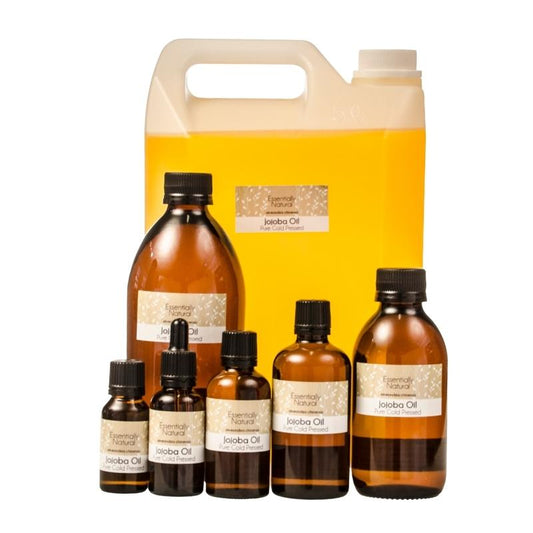
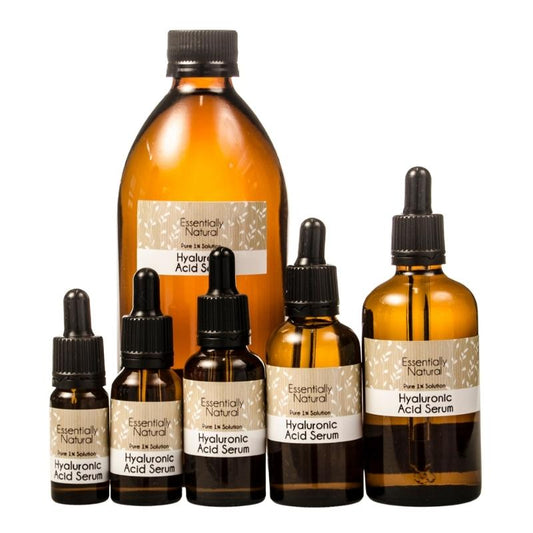
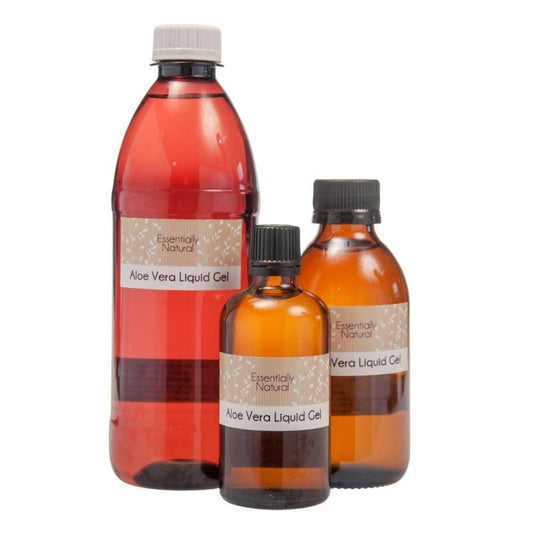
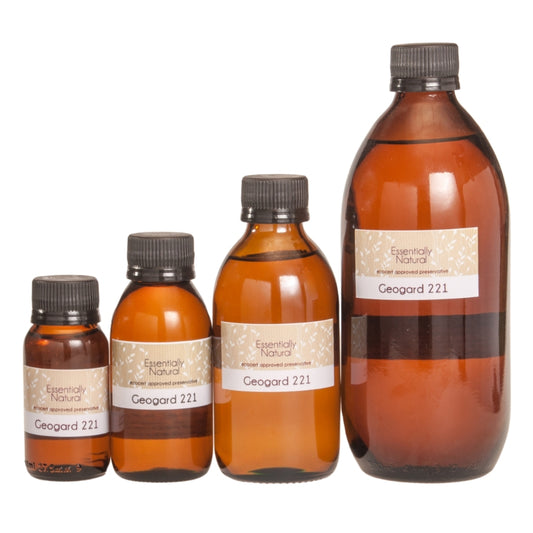








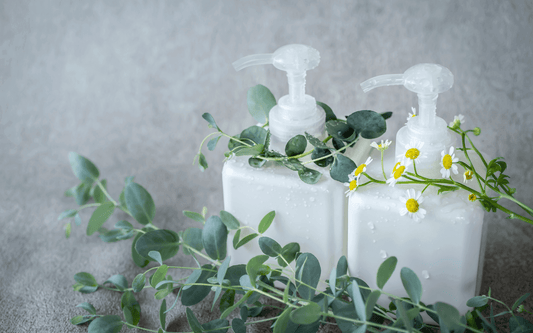


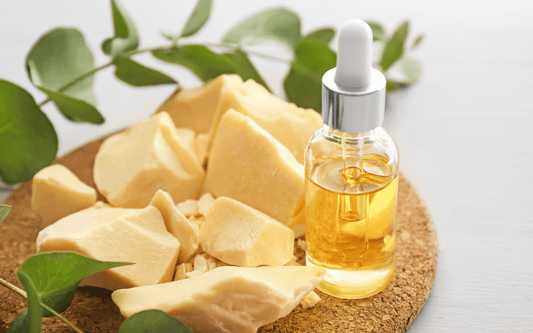

2 comments
Hi Veronica, you’re not alone – so many of us have damaged microbiomes. We don’t sell ready to use products as such, but there are recipes in the blog above which you can try which can help your skin.
Good day,
I’ve been trying all sorts of day and night creams and nothing has been helping. My skin is definitely like the picture in skin microbiome part 2. Do you sell products?